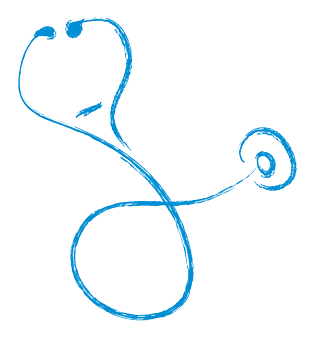Difference between revisions of "Category:Monitoring Anaesthesia"
| Line 8: | Line 8: | ||
</b></big> | </b></big> | ||
| + | {{Template:CABIsmall}} | ||
| + | [http://www.cabi.org/cabdirect/FullTextPDF/2006/20063240050.pdf '''Monitoring small animal patients.''' Muir, W. W., III; The North American Veterinary Conference, Gainesville, USA, The North American Veterinary Conference 2003, Small Animal and Exotics. Orlando, Florida, USA, 18-22 January, 2003, 2003, pp 142-144 - '''Full text Article'''] | ||
| + | |||
|logo =clin-logo copy.png | |logo =clin-logo copy.png | ||
}} | }} | ||
| Line 19: | Line 22: | ||
Use these links to find recent scientific publications via CAB Abstracts (log in required unless accessing from a subscribing organisation). | Use these links to find recent scientific publications via CAB Abstracts (log in required unless accessing from a subscribing organisation). | ||
<br><br><br> | <br><br><br> | ||
| − | + | ||
[[Category:Anaesthesia]] | [[Category:Anaesthesia]] | ||
Revision as of 18:59, 25 January 2011
It is vitally important to monitor patients during an anaesthetic so that any problems are detected early and can be treated as necessary. A member of staff should be specifically appointed the task of monitoring the patient during anaesthesia, which requires significant coordination of monitoring of physical parameters and electronic equipment readouts. Records should always be kept of the assessment of the animal throughout the procedure and these records kept along with the surgical notes on the patient's file for future reference. The following links give specific details on monitoring techniques and how to interpret the information detected.
Literature Search
Use these links to find recent scientific publications via CAB Abstracts (log in required unless accessing from a subscribing organisation).
Pages in category "Monitoring Anaesthesia"
The following 6 pages are in this category, out of 6 total.

